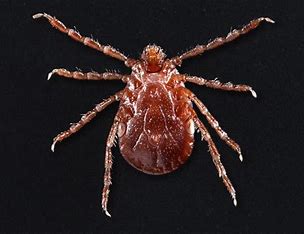whats a tick?

parasites—nasty little hitchhikers that no one wants. Let’s dive deeper into this pesky problem.
Parasites in Tall Grass:
-
Culprits: Common parasites include ticks, fleas, and mites, which thrive in tall grass and wooded areas.
-
Hitching a Ride: These parasites latch onto pets as they brush through tall grass, attaching themselves firmly to their hosts.
-
Health Risks: Parasites can cause a host of issues, from mild irritation to serious diseases like Lyme disease (from ticks) or tapeworms (from fleas).
-
Symptoms: Watch for signs such as excessive scratching, visible parasites on the skin, red or inflamed spots, and changes in behavior.
-
Prevention: Regular use of preventative treatments like flea and tick collars, spot-on treatments, and oral medications can help keep these pests at bay.
-
Grooming: Regular grooming and checking your pet for parasites after outdoor activities can catch any unwanted guests early.
-
Home & Yard Care: Keeping your home and yard clean and trimmed reduces the habitats that support parasite populations.
-
Removal: If you find a tick on your pet, use fine-tipped tweezers to grasp it as close to the skin as possible and pull upward with steady, even pressure. Clean the bite area and your hands thoroughly afterward.
-
Vet Visits: Regular vet check-ups are essential to ensure your pet is healthy and parasite-free. Your vet can recommend the best prevention and treatment options.
-
Safe Outdoor Activities: Avoid letting pets roam in areas known for high parasite activity and consider protective clothing or sprays during high-risk seasons.
It's a bit of extra effort, but keeping your pet parasite-free ensures they stay happy and healthy. Have you had to deal with these pests before?
